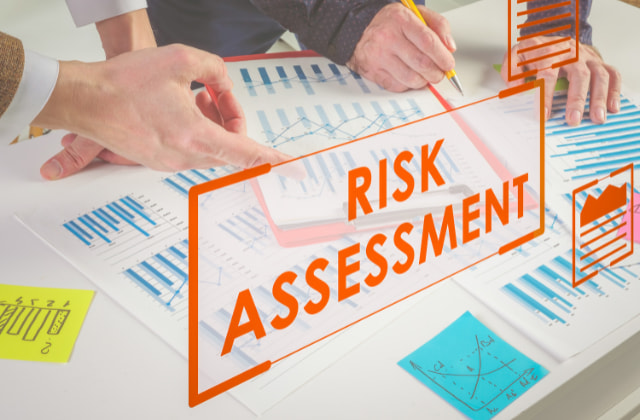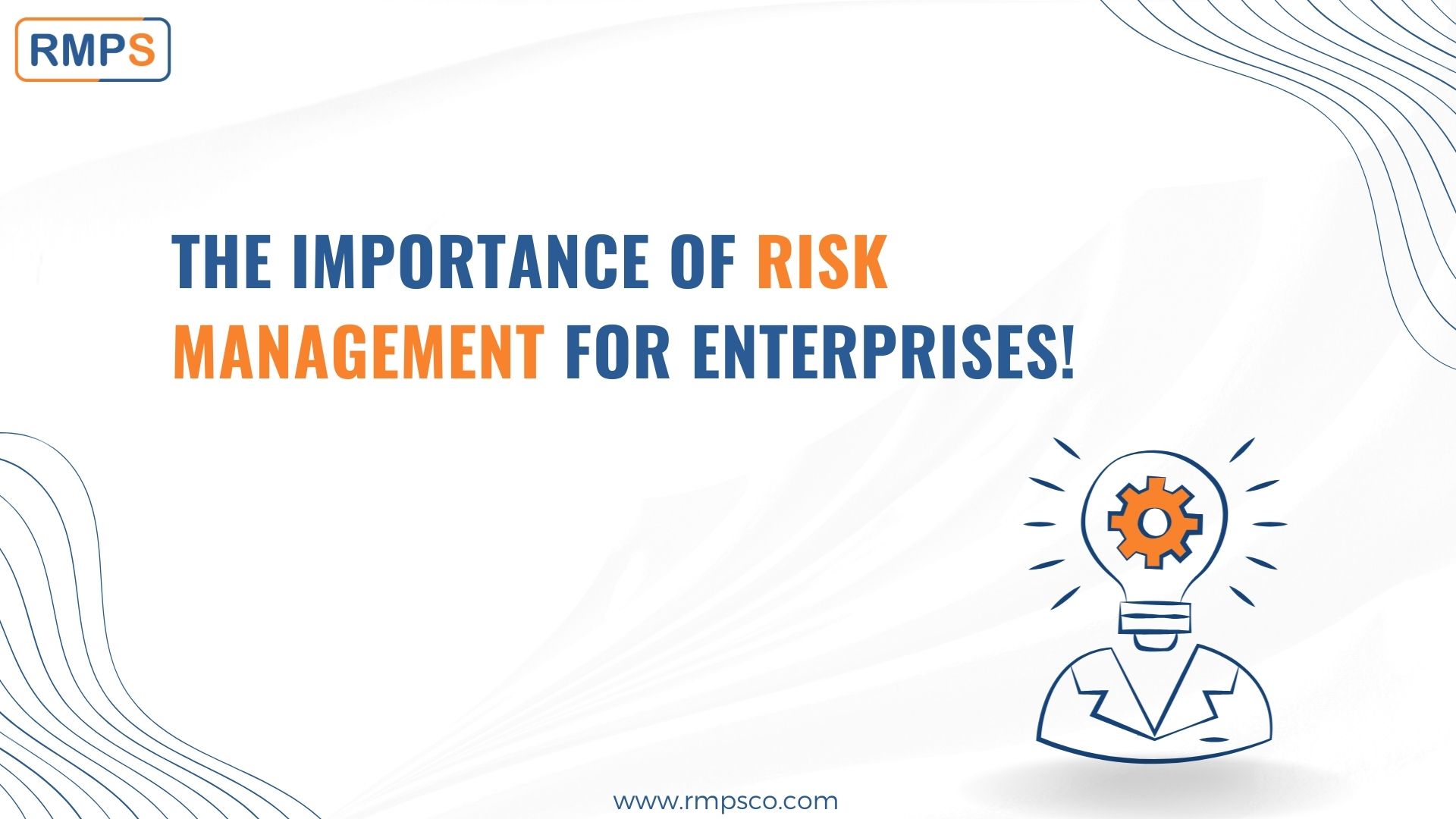Enhancing Business Efficiency Through the Importance of Risk Management
Enhancing Business Efficiency Through the Importance of Risk Management
Blog Article
Exploring the Relevance of Risk Management for Effective Decision-Making Strategies
In the detailed world of organization, Risk Management becomes a vital consider the decision-making procedure. The ability to determine potential threats and opportunities, and strategize as necessary, can mean the distinction in between success and failure. With devices such as SWOT and PESTEL, companies are equipped to make enlightened choices, promoting strength and adaptability in an ever-changing atmosphere. Wondering just how this functions? Let's unbox the characteristics further.
Understanding the Idea of Risk Management
Risk Management, a critical part in decision-making, is commonly misinterpreted or oversimplified. Risk Management entails organized and regimented approaches, making use of data and informative assessments. From economic unpredictabilities, legal liabilities, calculated Management errors, to crashes and natural calamities, it resolves different threats - importance of risk management.
The Function of Risk Management in Decision-Making Processes
In the realm of calculated planning and service procedures, Risk Management plays an essential role in decision-making procedures. Risk Management thus becomes a vital device in decision-making, aiding leaders to make informed selections based on a detailed understanding of the risks included. Risk Management offers as a vital component in the decision-making procedures of any type of organization.

Just How Risk Management Improves Strategic Planning
In the context of tactical preparation, Risk Management plays a critical function. Initiating with the recognition of possible dangers, it even more extends to the implementation of Risk mitigation steps. The duty of Risk Management is vibrant yet not static, as it requires consistent tracking and adjusting of methods.
Recognizing Prospective Risks

Applying Risk Reduction
Having developed the value of recognizing prospective threats, the following step is to check out Risk reduction. This procedure entails creating and carrying out strategies to manage determined threats properly. It is an important element of calculated planning as it enhances decision-making by decreasing possible adverse results. Risk mitigation approaches can vary from Risk evasion, Risk transfer, to take the chance of decrease. Each technique should be tailored to the details Risk, considering its possible impact and the organization's Risk tolerance. Reliable Risk mitigation requires a deep understanding of the Risk landscape and the prospective effect of each Risk. This understanding allows organizations to prioritize risks and allot sources properly, making sure that one of the most considerable dangers are resolved first.
Tracking and Readjusting Approaches
Though Risk see this site reduction is an important step in critical preparation, continual monitoring and change of these approaches is just as crucial. It additionally supplies an opportunity to assess the success of the Risk Management procedures, allowing modifications to be made where required, further enhancing calculated planning. Tracking and adjusting Risk Management strategies is an important element for boosting a company's durability and calculated planning.
Situation Researches: Effective Risk Management and Decision-Making
On the planet of organization and financing, successful Risk Management and decision-making commonly act as the columns of thriving business. One such entity is a multinational oil company that reduced financial loss by hedging versus fluctuating oil costs. In one more circumstances, a technology start-up grew by identifying and accepting high-risk, high-reward strategies in an unpredictable market. A worldwide financial institution, faced with governing uncertainties, effectively navigated the scenario through positive Risk analysis and vibrant decision-making. These situations highlight the value of sharp Risk Management in decision-making procedures. It is not the lack of Risk, yet the Management of it, that frequently differentiates successful companies from unsuccessful ones. These situations underscore the critical function of Risk Management in calculated decision-making. importance of risk management.
Devices and Strategies for Effective Risk Management
These devices, such as Risk registers and warm maps, aid in determining and visit the website analyzing prospective dangers. Risk feedback approaches, a key element of Risk Management, involve accepting, avoiding, transferring, or mitigating risks. With these techniques and devices, decision-makers can navigate the complex landscape of Risk Management, consequently facilitating educated and efficient decision-making.
Future Fads in Risk Management and Decision-Making Techniques
As we explore the substantial landscape of Risk Management, it becomes apparent that the devices and strategies used today will remain to evolve. Future trends direct in the direction of an enhanced reliance on modern technology, with expert system and maker learning playing considerable duties. These modern technologies will allow organizations to forecast possible dangers with higher precision and make even more informed decisions. Additionally, there will certainly be a growing emphasis on resilience, not just in taking care of threats but also in recovering from unfavorable situations. The concept of Risk society, where every participant of a company is aware and involved in Risk Management, will certainly gain a lot more importance. These trends Check This Out advertise a more proactive and inclusive approach in the direction of Risk Management and decision-making.
Verdict

Risk Management therefore ends up being an important device in decision-making, helping leaders to make educated choices based on a detailed understanding of the dangers entailed. Risk mitigation strategies can vary from Risk evasion, Risk transfer, to run the risk of decrease (importance of risk management). Effective Risk mitigation calls for a deep understanding of the Risk landscape and the potential influence of each Risk. Risk feedback approaches, a crucial component of Risk Management, involve accepting, avoiding, transferring, or mitigating threats. The concept of Risk culture, where every member of a company is aware and included in Risk Management, will certainly gain a lot more prestige
Report this page